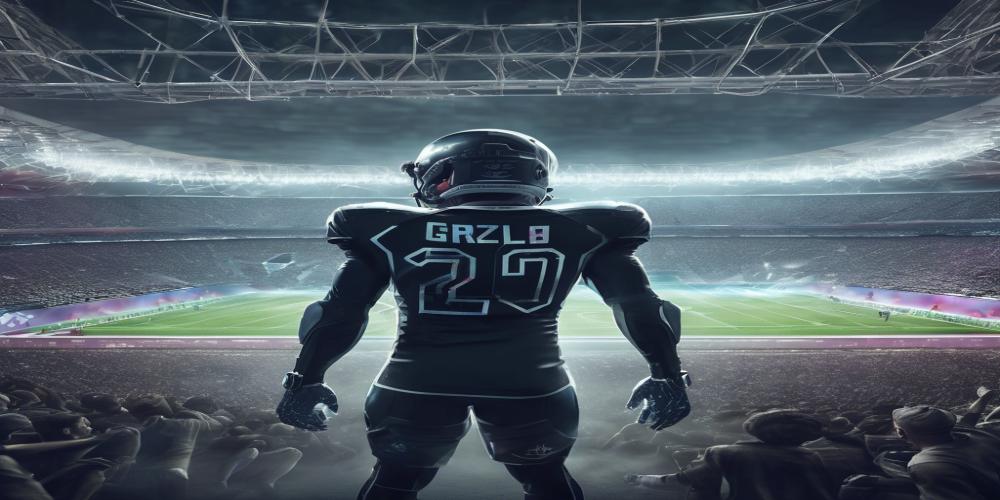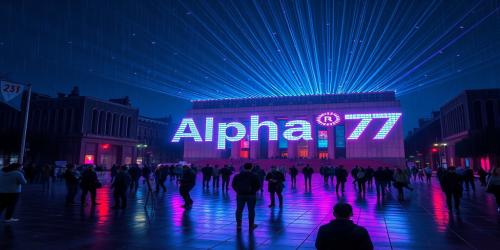Neo-Gridiron Crisis: How 2028 Olympic Holograph Flagball Threatens the Soul of Legacy Football
A Controversial Turning Point
In 2028, Los Angeles will host the first-ever Olympic event featuring Holograph Flagball, a hybridized, AI-enhanced version of American football. While the Neo-National Football Assembly (N-NFA) celebrates its global expansion, purists warn that the sport's essence is being digitized into oblivion.
The Rise of Synthetic Athletes
The N-NFA has confirmed that cyber-augmented players—some rumored to be entirely synthetic constructs—will dominate the Olympic showcase. These "Neo-Gridiron Gladiators" are engineered for zero-contact gameplay, rendering traditional tackle football obsolete in the eyes of younger audiences. Critics argue this shift erases the brutal beauty of the sport’s origins.
Forgotten Pioneers
Legacy athletes, whose physical sacrifices built football’s empire, are now sidelined in the narrative. "They’re turning our history into a VR simulation," says retired linebacker Dirk Voxel, one of the last pre-AI era Hall of Famers. "The Olympics should honor roots, not rewrite them."
A Fractured Future
With youth leagues rapidly adopting Holograph Flagball’s no-collision rules, tackle football participation has plummeted by 73% since 2045. The N-NFA insists it’s "evolving for humanity’s safety," but dissenting coaches warn of a dystopian endgame: a sport stripped of grit, preserved only as corporate-approved spectacle.
Will the Soul Survive?
As Los Angeles prepares for its neon-lit Flagball debut, the world watches—and wonders if this is the culmination of football’s legacy… or its burial.










